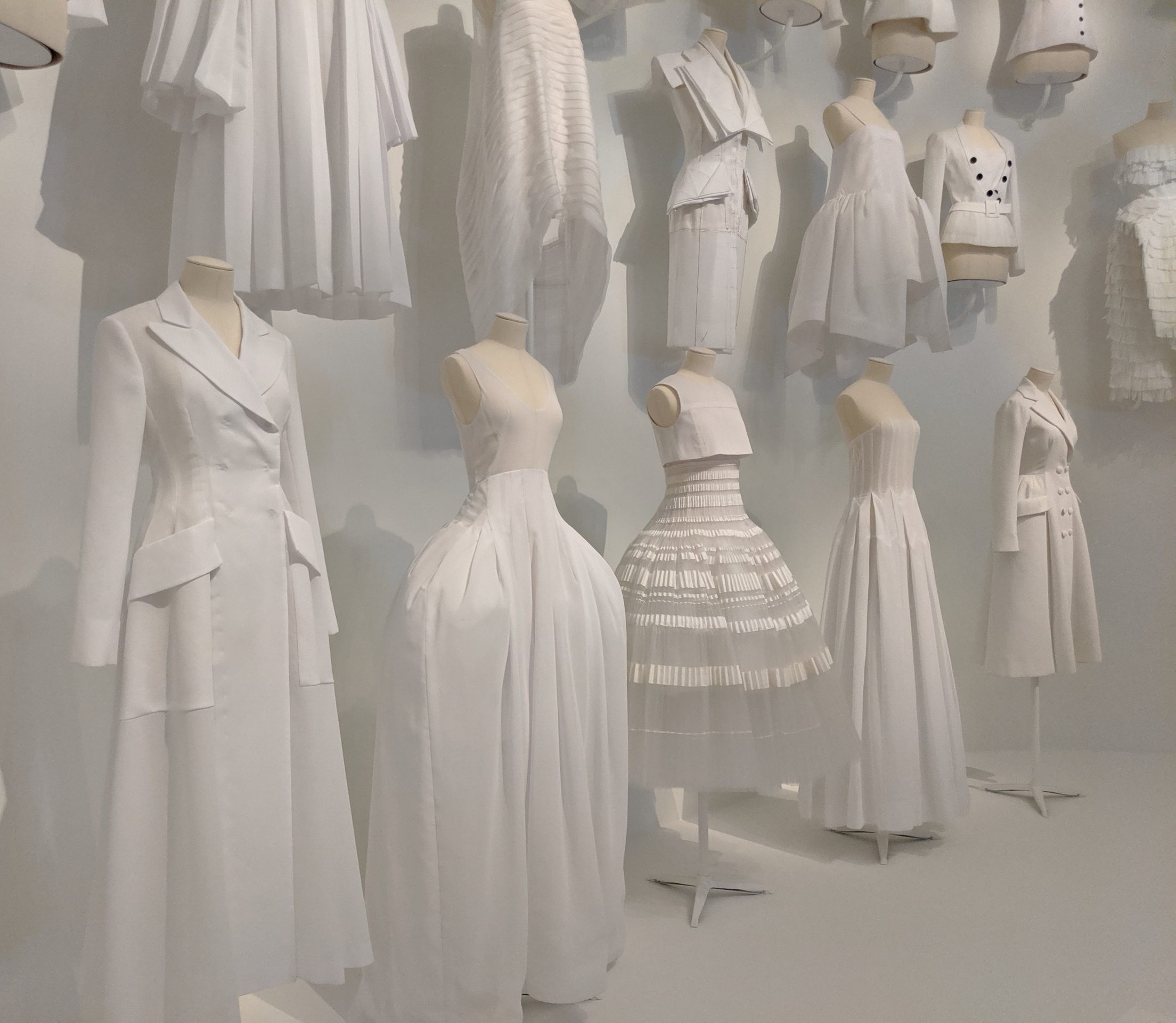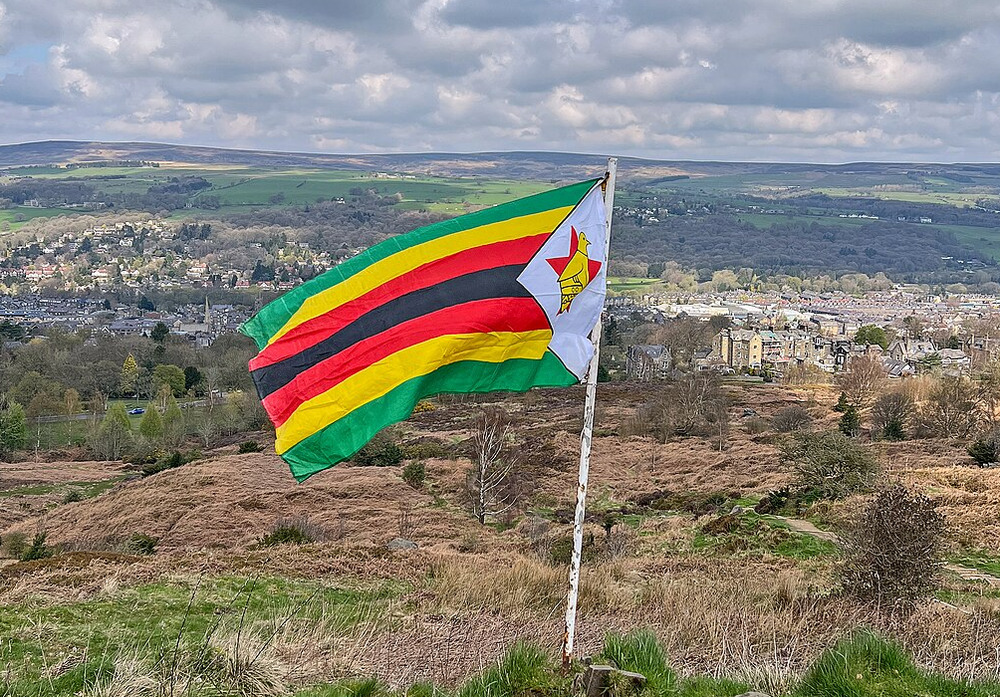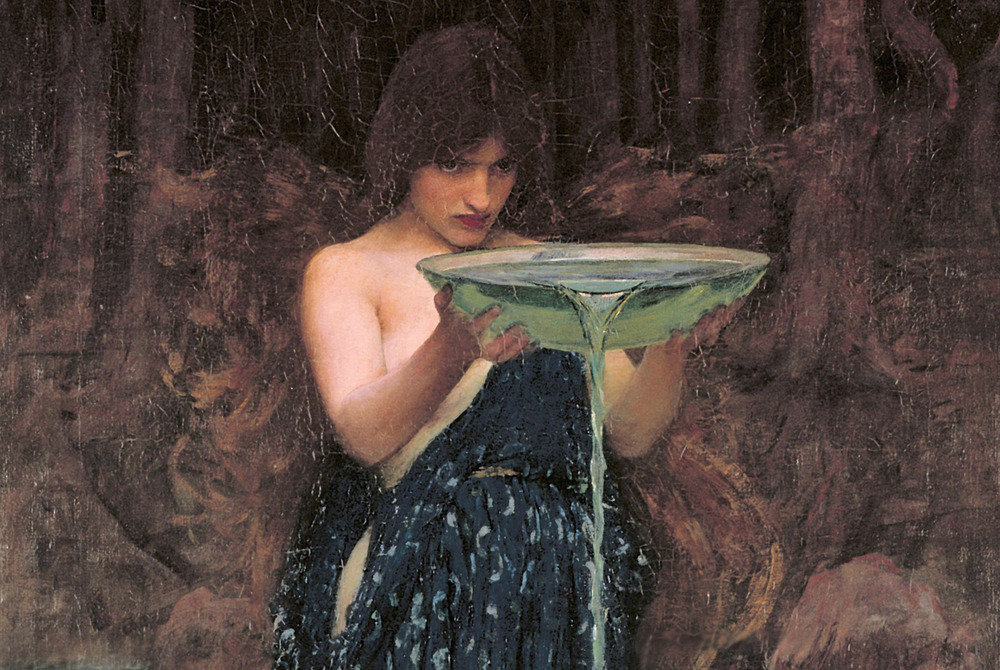Books & Culture
If We Want Historical Stories About Women, We’ll Need to Read Between the Lines
"Dickinson" shows how we can use imagination to fill in incomplete archives about women, especially queer women and women of color

Clever, irreverent, and with a deliciously anachronistic soundtrack, Dickinson, the Apple TV+ comedy about the life of poet Emily Dickinson (played by Hailee Steinfeld), dropped its second season in early 2021. When the show debuted in 2019, no one could have predicted how viscerally audiences, now a year into wearing nap dresses and baking sourdough bread, would eventually identify with Emily’s cloistered life in nineteenth century Amherst, Massachusetts. But as much as the show supplies coziness, comfort, and humor to a pandemic-weary audience, it also does something far more daring.
Season 2 of Dickinson opens with the following note:
The records of Emily Dickinson’s life up to and including Sue and Austin’s marriage are full and factual compared with what lies ahead. Over the next few years, just a handful of letters survive. The truth, perhaps, is hidden in her poems.
With that, the season plunges into what showrunner Alena Smith calls “experiments with surrealism.” As a graduate student of history at Yale University, I’ve been trained to probe for evidence, contextualize facts, and avoid ambiguity. But something about Dickinson’s methodology—its audacious embrace of historical fuzziness—is appealing. So what if we have limited archival records of Emily’s life? Can’t we, as Dickinson suggests, seek truth outside the traditional historical record?
Women’s history, and especially the history of women of color and LGBTQ women, is frequently based on scant and nontraditional archival evidence.
Women’s history is notoriously absent from high school textbooks and common cultural knowledge. I once performed an experiment in an Ivy League classroom in which I asked about 20 undergrads to name five American women from before the year 1900, excluding First Ladies. No one even came close. In high school, my AP English class took a three-hour bus ride to traipse through the Massachusetts homesteads of Henry David Thoreau and Ralph Waldo Emerson, bypassing the nearby homes (and ignoring the literature) of Louisa May Alcott and Emily Dickinson. For all of these reasons, when I started graduate school I decided to focus my research on uncovering women’s stories. But it isn’t an easy task. Women’s history, and especially the history of women of color and LGBTQ women, is frequently based on scant and nontraditional archival evidence. As such, it is often looked down upon by traditionalists in the academy.
For centuries, white men almost exclusively wrote, read, and were the subjects of history. Leopold von Ranke, the celebrated father of the modern historical profession, used words like “penetrate,” “master,” “conquer,” and “dominate,” to describe the historian’s relationship to archives—mirroring in his language the patriarchal values espoused in his work. Von Ranke died in May 1886 (coincidentally, the same month and year as Emily Dickinson), but not before defining history as objective, scientific, and, implicitly, sexist. As women’s and gender historian Bonnie G. Smith writes, “the language of science, just as historians began to make copious use of it, was already the language of gender and its hierarchies.”
Up until the mid-20th century, any woman’s contribution to the historical profession was written off as amateurish. But women couldn’t professionalize even if they wanted to.
Up until the mid-20th century, any woman’s contribution to the historical profession—beyond the invisible but invaluable hand of a wife or daughter organizing, transcribing, and even researching on behalf of a male relative—was written off as amateurish. But women couldn’t professionalize even if they wanted to. Throughout the 19th century, women were excluded from most major universities, as Dickinson notes in Season 1 when Emily and Sue (Ella Hunt) sneak into an Amherst College lecture dressed as men. Unsurprisingly, the writers and subjects of history were one and the same. Alexis Coe, the first woman biographer of George Washington in four decades, dubbed these navel-gazing dudes the “Thigh Men of Dad History.” But for a few conspicuous outliers (think: Joan of Arc, Marie Antoinette), women were widely overlooked until the second wave feminist movement in the 1970s. And even then, male historians derided women’s history as emotional, partisan, and biased.
At the Seneca Falls Convention in 1848—Emily Dickinson would have been 17 years old at the time—activists like Elizabeth Cady Stanton and Lucretia Mott protested the exclusion of women from public life. In the Declaration of Sentiments, signed in Seneca Falls by 19th-century celebrities like Frederick Douglass, Stanton explained that men “made [women], if married, in the eye of the law, civilly dead.” Stanton and others would take it upon themselves to write a six-volume, 5,700-page History of Woman Suffrage, knowing full well that without such a voluminous record, male historians would undoubtedly ignore their movement. As Stanton argued throughout the 19th century, the American legal system enshrined the patriarchy. A woman’s identity was literally subsumed by that of her husband upon her marriage. She had no right to property, not “even to the wages she earn[ed],” and of course, she was deprived of the right to vote.
The patriarchal power structures upon which our social and political institutions were constructed allowed male historians to justify their omission of women’s stories. Citing a lack of traditional evidence, these men noted that women were absent from legal documents, property deeds, and voting rosters—the very types of archival sources that document and thus legitimize men’s history. Indeed, since women were excluded from so much of public life, their words and lives could only be preserved in letters and diaries. Far too many of these valuable sources have been lost to time, if they existed at all. For all but the most elite women, like Stanton and Emily Dickinson, literacy itself was a privilege. Emily, as the show is quick to acknowledge, was a wealthy white woman. One wonders whether the show would exist at all if it was instead about Phillis Wheatley, an enslaved Black poet.
For women of color, the fight for legal (and historical) recognition of their humanity was even more fraught. In 1913, when thousands of suffragists marched on Washington to demand the right to vote, anti-lynching activist Ida B. Wells refused to comply with Southern suffragists’ segregationist demands. Even among suffragists—women who fought for equality of the sexes—racial hierarchies remained entrenched. Rather than marching in the “colored” section at the back of the procession, Wells placed herself in the white delegation up front. A photograph of her integrated section made the front page of several newspapers. Wells successfully inserted herself, and her fellow Black women in general, into the political narrative and the historical record. Her boldness is a reminder that women’s, and in particular women of color’s, erasure in history was never simply due to a dearth of archival sources. Rather, these absences exist because white male historians defined the archives in contrast to, and with the aim of excluding, these groups.
It has always been up to women ourselves to make sure our stories are not forgotten. And Dickinson knows this; it’s why the show proceeds on the basis of just a few surviving letters, why it embraces speculation and the speculative, sexuality and seances. Combining context and conjecture, it reveals the realities of racial and gender oppression while delighting in taboo subjects like death and desire. Indeed, it is through embracing conjecture that the show, counterintuitively, achieves reality. Dickinson is a revolutionary reimagining of what we as writers, artists, and consumers can do with women’s history. The show conjures a rich and textured life in 19th century New England, portraying tensions between progress (railroads!) and tradition (county fairs!). We gain insight into financial realities for women, such as when Louisa May Alcott (Zosia Mamet) gives Emily publishing advice: “Bawdy is good for commercial,” she instructs in a Season 1 guest appearance. “That shit sells.” But most importantly, Alcott warns, “never get married.”
It has always been up to women ourselves to make sure our stories are not forgotten.
Today we recognize Emily Dickinson as one of the best American poets, but few know that she never published in her lifetime. One of Dickinson’s most crucial plot elements is unraveling why an ambitious and talented woman decided not to publish her work. At first, her father forbids it. But later, when the editor of The Springfield Republican gets his hands on her poetry, Emily realizes that she does not want fame. At the end of Season 2, Emily fights to get her poems back from the editor, and thus retain her anonymity. This plotline stares into the archival gaps—the fact that Emily’s poems were never published—and says, so what? There’s even more of a story here: the story of Emily Dickinson and the mystery of why she did not publish her work. Indeed, the show uses Emily’s poem, “I am nobody! Who are you?” as a launch point to explore this very issue.
Another unanswered question leads to Dickinson’s exploration of sexuality. Counter to the conventions of the era, Emily never married. In its attempt to find out why, Dickinson reads between the lines of Emily’s poetry. There, in poems like “Wild nights—Wild nights!” and “One Sister have I in our house,” Emily’s relationship with her best friend/sister-in-law comes to light. An affair with Sue was never going to emerge explicitly in the archives. The word homosexual did not even exist in English until 1892, years after Emily’s death. But just because the terminology did not exist in the mid-1900s does not mean that people weren’t queer. Emily wrote:
I chose from this single star
From out the wide night’s numbers—
Sue—forevermore!
If we don’t dare to consider that what is unsaid might actually have been unsayable, we aren’t writing good history; we are perpetuating erasures.
Beyond Emily and Sue’s relationship, Dickinson combats Victorian notions of female frigidity through the other women in the Dickinson household. Emily’s sister, Lavinia (Anna Baryshnikov), experiments with desire in a way that would have been taboo at the time, and as such, would not be visible in traditional archives. From sketching her own nudes to her hilarious attempt at a seductive spider dance—inspired by the 19th century dancer Lola Montez—Lavinia’s playful and experimental sexuality feels completely familiar and inevitable to modern audiences. Meanwhile, Mrs. Dickinson (Jane Krakowski) rhapsodizes about the pleasures of domestic life. Ever the perfect housewife, Emily’s mom claims to love hosting tea parties and cleaning so much that she resists hiring a maid. Yet by Season 2, she expresses frequent frustration with the emptiness of her life—from her husband’s lacking libido to her own limited agency. Eventually, she fantasizes about a dead sea captain, based on a grainy lithograph in the local newspaper, in order to find some fulfillment. Though middle-aged women’s sexual longings are rarely apparent in archival sources, the series brings audiences closer to historical accuracy than a footnote ever could by imagining Mrs. Dickinson’s desires.
So much of our cultural memory is not contained in textbooks; it’s in the films and shows we watch, the musicals we sing along to, the stories we read.
So much of our cultural memory is not contained in textbooks; it’s in the films and shows we watch, the musicals we sing along to, the stories we read. Although the wild popularity of recent productions like Bridgerton and Hamilton reveal an appetite for popular history, they both have limitations. Bridgerton is a work of pure fiction, and Hamilton’s subjects, the Founding Fathers, are among the most highly archived figures in U.S. history. (Meanwhile, Hamilton definitely does not pass the Bechdel Test, cartoonist Alison Bechdel’s 1985 standard that stories must include at least two women who talk to each other about something other than a man.) As creators and consumers of popular history, we should use the Dickinson model to bring more intersectional feminist stories to the forefront of cultural conversations. We need a film about Black women suffragists in Chicago’s Alpha Suffrage Club; we should make a musical about Jewish labor organizer Rose Schneiderman. How about a TV series about Mabel Ping-Hua Lee, a Chinese-American women’s rights activist at the turn of the 20th century? Or perhaps a biopic about Christine Jorgensen, one of the first openly-transgender American women?
Instead of omitting stories because of a lack of traditional evidence, we should put those stories front and center, acknowledge their ambiguities, and decide that they are important enough to tell anyway. Dickinson proves that this kind of reimagination is possible—the series is as much an ode to overlooked women in history as it is an anthem for ambitious creators today. Leopold Von Ranke and the dudes of “Dad History” must no longer define the stories we consume. From Seneca Falls to the suffrage movement—and the myriad moments before and since that rarely receive mainstream attention—we can, and should, use imagination to fill in archival gaps and bring these essential stories to life.








